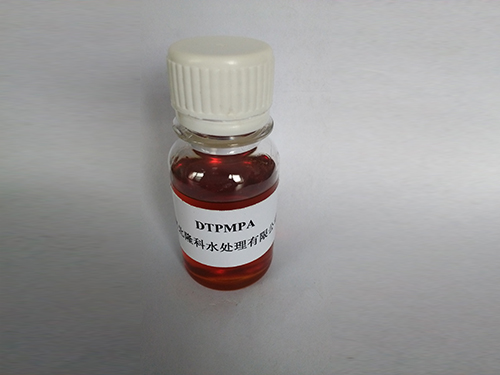Exploring the Applications and Benefits of Diethylenetriamine Pentaacetic Acid in Industry
Diethylenetriamine Penta Multifaceted Applications and Significance
Diethylenetriamine penta (DTPA) is a versatile chemical compound belonging to the class of polyaminocarboxylic acids. It is derived from diethylenetriamine and has five carboxylic acid groups, which significantly enhances its reactivity and binding capabilities. Due to its unique molecular structure, DTPA finds extensive application across multiple industries, including medicine, agriculture, and environmental science. This article will explore the properties, applications, and significance of DTPA.
Chemical Properties and Structure
DTPA is an aminopolycarboxylic acid that typically exists in the form of a white to off-white crystalline powder. Its molecular formula is C14H23N3O10, and it has a molar mass of approximately 393.35 g/mol. The presence of multiple carboxyl groups allows DTPA to chelate metal ions effectively, forming stable complexes. This property of chelation plays a critical role in its diverse applications, as it enables DTPA to interact with various metal ions, including calcium, iron, and lead.
Biomedical Applications
One of the most prominent uses of DTPA is in the medical field, particularly in diagnostic imaging and treatment. It is employed as a contrast agent in nuclear medicine, aiding in the visualization of certain organs and tissues during imaging procedures. DTPA is known to bind to radioactive isotopes, which enhances the contrast in imaging techniques like scintigraphy. Additionally, its chelating properties facilitate the treatment of heavy metal poisoning. For instance, DTPA is used to treat patients exposed to lead or plutonium by binding to these toxic metals, thereby facilitating their excretion from the body.
Agricultural Uses
diethylene triamine penta

In agriculture, DTPA is utilized as a chelating agent in fertilizers and soil amendments. It helps in the stabilization of micronutrients such as zinc, manganese, and iron, improving their bioavailability to plants. This is particularly important in soils with high pH levels, where essential nutrients can become insoluble and unavailable for plant uptake. By stabilizing these micronutrients, DTPA ensures that crops receive the necessary nutrients for optimal growth and development, thus enhancing agricultural productivity.
Environmental Applications
DTPA also plays a vital role in environmental management and remediation. Its ability to chelate heavy metals makes it useful in treating contaminated water and soil. DTPA can bind to toxic metals, facilitating their removal from the environment. This is particularly beneficial in industrial areas where heavy metal contamination is prevalent. By applying DTPA in soil remediation processes, it is possible to reduce the bioavailability of these metals, thereby protecting ecosystems and public health.
Conclusion
The significance of diethylenetriamine penta cannot be overstated. Its ability to chelate metal ions makes it a valuable compound across various fields, including medicine, agriculture, and environmental science. In healthcare, it improves diagnostic imaging and offers treatment for heavy metal poisoning. In agriculture, it enhances nutrient availability, promoting sustainable farming practices. Moreover, in environmental applications, DTPA aids in the remediation of contaminated sites, contributing to a cleaner and safer environment.
As research continues to unveil new potential uses and improvements in DTPA applications, it remains a critical component in addressing some of the pressing challenges faced by various industries today. With its multifaceted nature and adaptability, DTPA is poised to play an even more significant role in future advancements across science and technology.
-
LK-319 Special Scale And Corrosion Inhibitor For Steel Plants: Advanced Solutions for Industrial Water SystemsNewsAug.22,2025
-
Flocculant Water Treatment: Essential Chemical Solutions for Purification ProcessesNewsAug.22,2025
-
Isothiazolinones: Versatile Microbial Control Agents for Industrial and Consumer ApplicationsNewsAug.22,2025
-
Scale Inhibitor: Key Solutions for Water System Scale PreventionNewsAug.22,2025
-
Organophosphonates: Versatile Scale Inhibitors for Industrial Water SystemsNewsAug.22,2025
-
Scale and Corrosion Inhibitor: Essential Chemical Solutions for Water System MaintenanceNewsAug.22,2025





